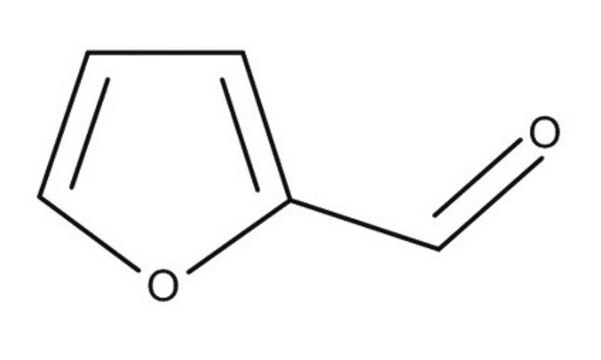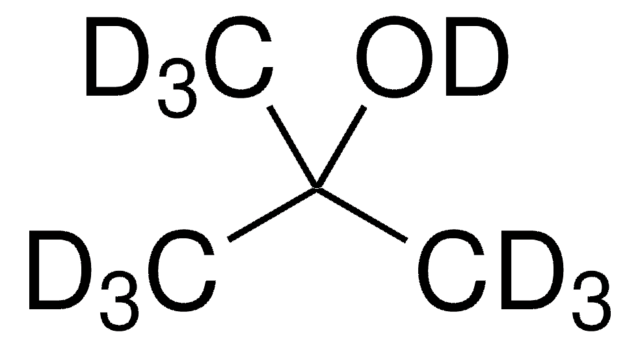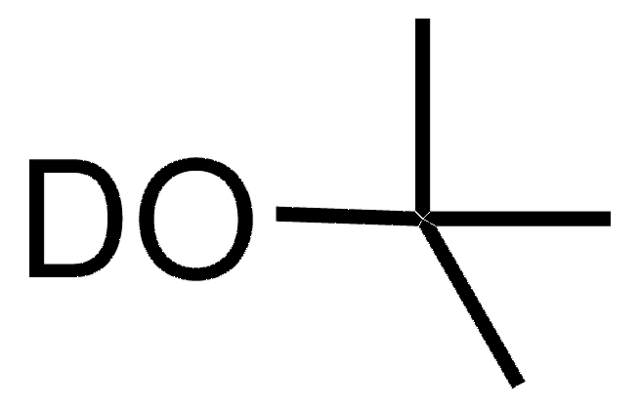308250
tert-Butanol
suitable for HPLC, ≥99.5%
Synonym(s):
2-Methyl-2-propanol, tert-Butyl alcohol, Trimethyl carbinol
About This Item
vapor density
2.5 (vs air)
Quality Level
vapor pressure
31 mmHg ( 20 °C)
44 mmHg ( 26 °C)
assay
≥99.5%
form
liquid
autoignition temp.
896 °F
expl. lim.
8 %
technique(s)
HPLC: suitable
impurities
<0.050% water
evapn. residue
<0.0005%
refractive index
n20/D 1.387 (lit.)
pH
7 (20 °C)
bp
83 °C (lit.)
mp
23-26 °C (lit.)
density
0.775 g/mL at 25 °C (lit.)
λ
H2O reference
UV absorption
λ: 215 nm Amax: 1.00
λ: 230 nm Amax: 0.50
λ: 250 nm Amax: 0.20
λ: 300-350 nm Amax: 0.01
application(s)
food and beverages
SMILES string
CC(C)(C)O
InChI
1S/C4H10O/c1-4(2,3)5/h5H,1-3H3
InChI key
DKGAVHZHDRPRBM-UHFFFAOYSA-N
Looking for similar products? Visit Product Comparison Guide
Related Categories
General description
Application
Used in the analysis of volatile organic compounds (VOCs) in alcoholic beverages by GC coupled to Flame Ionization Detector (FID).
signalword
Danger
Hazard Classifications
Acute Tox. 4 Inhalation - Eye Irrit. 2 - Flam. Liq. 2
Storage Class
3 - Flammable liquids
wgk_germany
WGK 1
flash_point_f
59.0 °F - closed cup
flash_point_c
15 °C - closed cup
Certificates of Analysis (COA)
Search for Certificates of Analysis (COA) by entering the products Lot/Batch Number. Lot and Batch Numbers can be found on a product’s label following the words ‘Lot’ or ‘Batch’.
Already Own This Product?
Find documentation for the products that you have recently purchased in the Document Library.
Customers Also Viewed
Protocols
-Butanol; 2-Methyl-2-butanol; 2-Methyl-1-butanol; 3-Pentanol; 1-Butanol; 2-Methyl-1-propanol; 2-Pentanol, 98%; 3-Methyl-1-butanol; 1-Propanol
Our team of scientists has experience in all areas of research including Life Science, Material Science, Chemical Synthesis, Chromatography, Analytical and many others.
Contact Technical Service





